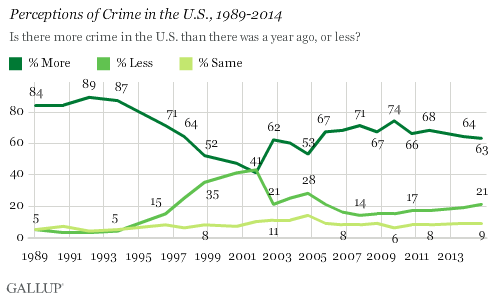It looks like HSBC is at it again.
In December 2012, the federal government decided against prosecuting HSBC Bank,
the world’s second largest bank, against charges of money laundering for knownMexican cartel groups and terrorist groups including Al-Qaeda. Rather the bank
was stuck with a $1.92 billion fine, approximately 5% of HSBC’s 2010-2011
profits (38 billion dollars), and an agreement from the United States
Department of Justice to not prosecute the bank. The reasoning for this decision,
the so called “Too Big to Prosecute” scandal, came from considerations of the
bank’s massive power over the financial structure of the United States and United
Kingdom. The following segment of a hearing before Senate Judiciary Committee
between Eric Holder and Senator Chuck Grassley (R-Iowa) on February 27th,
2013, should show the Department of Justice’s motivations quite clearly:
“Sen. Chuck Grassley, R-Iowa: In the case of bank prosecution. I'm concerned we have a mentality of 'too big to jail' in the financial sector, spreading from fraud cases to terrorist financing to money laundering cases. I would cite HSBC.
“Sen. Chuck Grassley, R-Iowa: In the case of bank prosecution. I'm concerned we have a mentality of 'too big to jail' in the financial sector, spreading from fraud cases to terrorist financing to money laundering cases. I would cite HSBC.
I think we are on a slippery slope and that's background for
this question. I don't have recollection of DOJ prosecuting any high-profile
financial criminal convictions in either companies or individuals.
(…)
Attorney General Eric
Holder:
(…)
Just putting that aside for a minute though, the concern that
you have raised is one that I, frankly, share. I'm not talking about HSBC here,
that would be inappropriate. But I am concerned that the size of some of these
institutions becomes so large that it does become difficult for us to prosecute
them when we are hit with indications that if we do prosecute — if we do bring
a criminal charge — it will have a negative impact on the national economy,
perhaps even the world economy. I think that is a function of the fact that
some of these institutions have become too large.
Again, I'm not talking about HSBC, this is more of a general
comment. I think it has an inhibiting influence, impact on our ability to bring
resolutions that I think would be more appropriate. I think that's something
that we — you all [Congress] — need to consider. The concern that you raised is
actually one that I share.“ (Full text can be found here)
This is admittedly a tricky issue,
with the effects of prosecuting such a massive institution possibly causing
shockwaves and consequences in nations non-culpable for the actions of HSBC.
Yet the precedent set by non-persecution and a minimal fine allows for the
creation of a sort of “this is the cost of doing business” mindset. It can be
pretty easily agreed that the action of the United States Justice Department
had very little deterrent effect on the actions of HSBC, especially assuming
the profit gained by acting in an illegal manner offset any possible slap on
the wrist.
It
appears that HSBC, again, has been found to be providing service to those with
criminal affiliations and allowing certain clients to conceal funds for tax
purposes from several European as well as the American government. France,
Belgium, Spain and the US have all appeared to launch investigations against
the bank. If this issue is as extensive as the previous one, we should expect a
greater response from the Justice Department during this particular scandal,
though the precedent will still likely be the same, that if you’re big and
important enough, you’re above the law. Though this news story is still in its
infancy, we shouldn’t expect an outcome much different than the prosecution
effort in 2012.
Unfortunately,
this both puts the United States in a difficult position and appears to force
them to make a choice. Allowing large and integrated enough corporations to act
in an illegal manners will most certainly ensure that they will. After all,
often times the most profitable position often isn’t the legal one, and not
grasping at an advantage can result in a competitor taking such an advantage
for themselves. Yet prosecution can result in widespread systemic changes to
the financial infrastructure of Western nations, and in an economic climate
with rising stars like China and India, such a decision can be what leads to a
loss of economic dominance in the West. I don’t pretend to know what the
appropriate way to act in such a situation may be, but it seems to be a pretty
safe bet if we don’t hold corporations liable for infractions of the law, these
legal infractions will continue to occur where profitable. Most importantly, we
have to ask what sort of message this send to large companies, after all, what
sort of power does an enforcement agency have when it can no longer enforce?


